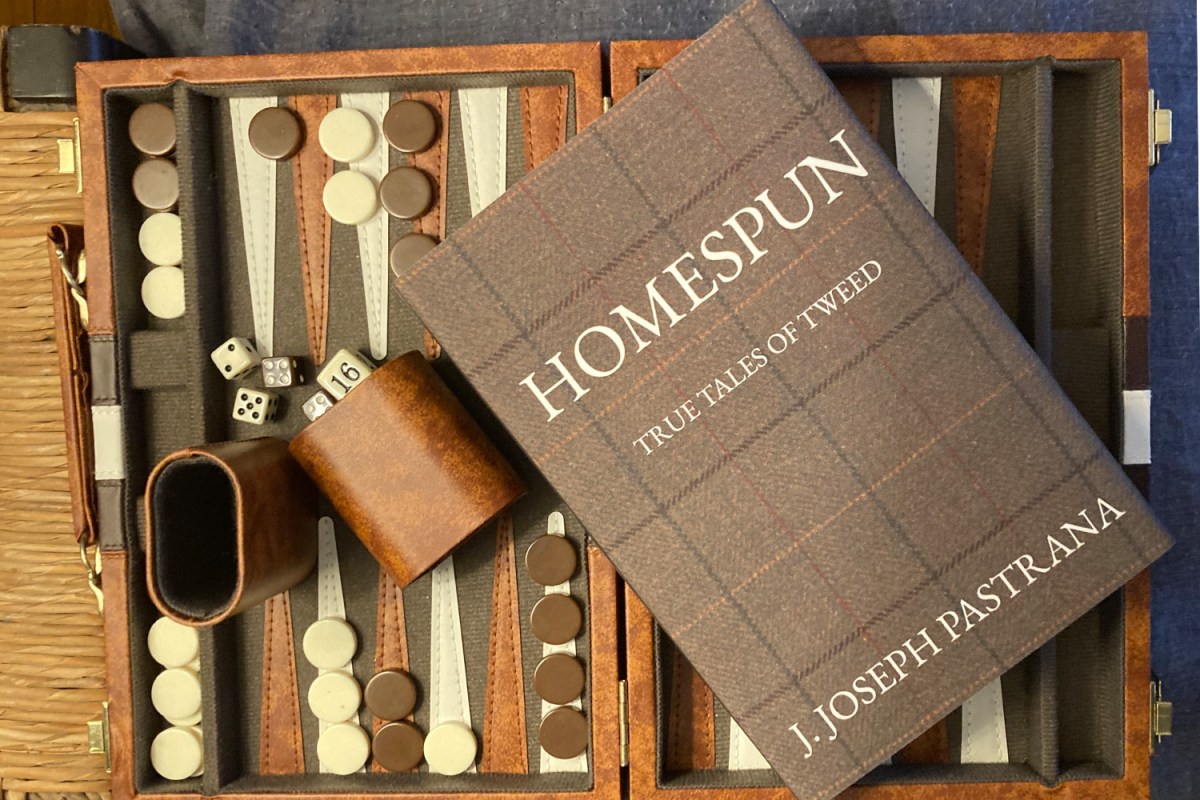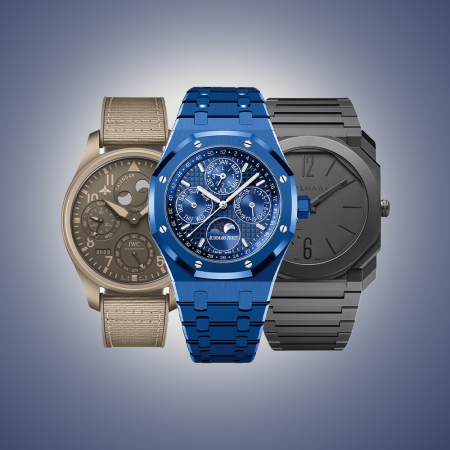Tweed comes so pre-loaded with associations that you might easily imagine how a book dedicated to the wooly fabric would go down. It might seem safe to assume there’d be a lot of waxing on the British countryside’s bucolic charms, long passages filled with terms like “warp and weft” that you may glaze over, and finally, a lot of quotes from eccentric Englishmen in three-piece suits.
Homespun: True Tales of Tweed is not that book. The title, which was written by the NYC-based fashion journalist J. Joseph Pastrana and published on January 5th by Thane & Prose, does indeed touch on the charms of the British Isles, describes the weaving process, and contains multiple English eccentrics. But they’re all elements of a much larger story that the book tells about tweed, which stretches to include sneakerheads, interior decorators, costume designers and a Brooklyn tailor catering to non-binary clients.
When he set out to write the book, Pastrana discovered that works on tweed fell into two camps: photo-heavy coffee table books, or highly technical works with little appeal outside of the industry. So instead, Pastrana wrote a text-only volume that places people at the center of its narrative.
Will, a British expat living in Manhattan, who’s resolved to have a tweed suit made, serves as the book’s framing device. As we follow Will’s quest from commission to final fitting, we’re introduced to designers, fabric makers, decorators, costumers, and more whose tweed-centric stories range across time and geography but fold into one another like Russian nesting dolls.
And while the historical ground that the book covers is vast—various asides place the reader in 8th century Scotland, Victorian London and post-war Paris — the narrative always boomerangs back to Will, and the diverse crowd working with tweed in the current era.
“The first thing I wanted to do was see how it’s being treated today,” Pastrana says. “Because I don’t want to be celebrating the glories of its past; it should be celebrated, but it was more important for me to show that it’s still being used today.”
So, while we follow Will’s journey to tweed suit ownership, which includes plenty of fabric designers and tailors, we’re also introduced to less expected sources that are using tweed outside of its traditional role. This includes the crew behind Boston-based street style mecca Bodega, which has utilized tweed in its sneaker collaborations; Peter Sandel, a New York-based interior designer that leans into the textile in his designs; and the founders of Bindle & Keep, which specializes in gender-neutral tailoring. Along the way, Pastrana also explores how tweed has been used to signal character identity in films like Knives Out, and stage productions like the 2016 Opera Australia revival of My Fair Lady.
Aside from gaining a greater understanding of just who is appreciating tweed today, the author hopes readers will come away with a fresh perspective on the fabric. “For the average person, the only tweed they really understand is Harris Tweed, which is rough and heavy and a bit coarse,” Pastrana says. “But so many things have been done to tweed today that people don’t even realize they’re wearing tweed when they wear it.”
But if there’s a single takeaway to be had from Pastrana’s kaleidoscopic exploration of the famous fabric, it’s that tweed isn’t going away anytime soon.
“I have come to the conclusion that tweed is going to outlive all of us — honestly,” he says. “If history should be given any kind of credit, you can see that tweed re-asserts itself and resurfaces one way or another to assume its place in every generation.”
This article was featured in the InsideHook newsletter. Sign up now.























